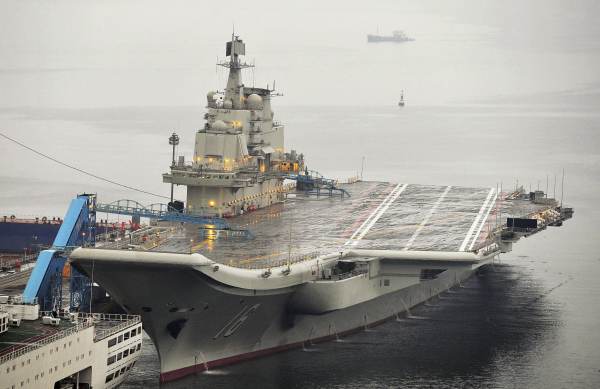Since our last publication in 2009, the People’s Liberation Army Navy (PLA(N)) has made significant strides in operationalizing as well as modernizing its force. Although the PLA(N)’s primary focus remains in the East Asia region, where China faces multiple disputes over the sovereignty of various maritime features and associated maritime rights, in recent years, the PLA(N) has increased its focus on developing blue-water naval capabilities. Over the long term, Beijing aspires to sustain naval missions far from China’s shores.
When we wrote the 2009 publication, China had just embarked on its first counterpiracy missions in the Gulf of Aden, but most PLA(N) operations remained close to home. Nearly six years later, these missions have continued without pause, and China’s greater fleet has begun to stretch its legs. The PLA(N) has begun regular combat training in the Philippine Sea, participated in multinational exercises including Rim of the Pacific (RIMPAC) 2014, operated in the Mediterranean, increased intelligence collection deployments in the western Pacific, and for the first time deployed a submarine to the Indian Ocean.
The People’s Republic of China (PRC) has continued to modernize its military, providing the PLA(N) with increasingly modern multipurpose platforms such as the LUYANG III-class destroyers and the JIANGDAO-class corvettes. The Chinese military also continues to evolve its doctrine, organization, and training to ensure its personnel are able to effectively fight modern wars with modern equipment. Sustained leadership emphasis on “realistic” and “complex” training has influenced training patterns and improved operational proficiency during the past five years. In late 2012, Xi Jinping extolled the continued importance of cultivating “real combat” awareness throughout the military. Today, the PLA(N) conducts complex multidiscipline warfare training throughout the year.
China’s force modernization has concentrated on improving the quality of its force, rather than its size. Quantities of major combatants have stayed relatively constant, but their combat capability has greatly increased as older combatants are replaced by larger, multi-mission ships. With a greater percentage of the force consisting of these modern combatants capable of blue water operations, the PLA(N) will have an increasing capability to undertake missions far from China.
In addition to improving the traditional destroyer and frigate backbone of its fleet, the PLA(N) is on the verge of incorporating very different platforms that will greatly influence the operations of its future fleet. The JIN-class nuclear ballistic missile submarine (SSBN) is poised to begin strategic patrols in the near future, for the first time, putting Chinese intercontinental range ballistic missiles to sea. At the same time, with the commissioning of the KUZNETSOV-class air craft carrier “LIAONING,” China has taken the first step as a carrier-capable navy.
Against this back drop of increasing military capability, China’s leaders appear increasingly willing to assert China’s maritime claims, even when such actions risk exacerbating tension with China’s neighbors. Since 2009, friction in the South China and East China Seas has become commonplace. With its expanding Coast Guard, China has been able to quickly respond to incidents it feels violated its claimed sovereignty in disputed areas. This trend has been highlighted by sustained China Coast Guard operations at a number of disputed features, including Scarborough Reef, Second Thomas Shoal, and the Senkaku Islands.
More recently, China has begun strengthening its position in the Spratly Islands. Throughout 2014, China reclaimed hundreds of acres of land at the seven features that it occupies and appears to be building much larger facilities that could eventually support both maritime law enforcement and naval operations.
The PLA Navy: New Capabilities and Missions for the 21st Century (868 downloads)










